Why is Digital Marketing – The Future? Is it at its peak?
In Business, Marketing, Media, Official Blog
Why Digital Marketing is the Future
We are living in a digital era—an age defined by technology and a constant hunger for content. Technology evolves every second, and so does marketing. Digital marketing continues to grow rapidly and shows no signs of slowing down. In this tech-savvy generation, the scope of digital marketing has expanded massively, blending creativity with data-driven science.
Successful marketing today comes from collecting, analyzing, and applying insights about where and how customers spend their time online. In short, data represents behavior. Understanding this behavior helps marketers craft compelling messages and strategic campaigns. Tracking customer activity and connecting emotionally through content, ads, and design can make a significant impact in the digital space.
The Role of SEO in Digital Marketing
With more than 40% growth in digital media marketing—especially through Search Engine Optimization (SEO)—the digital industry continues to rise. You simply cannot imagine digital marketing without SEO.
SEO, or Search Engine Optimization, is the process of improving your website to increase its visibility in organic search results. It’s not a one-time task but a dynamic framework that involves continuous optimization.
For simplicity, SEO can be divided into two main categories:
-
On-site SEO: Techniques and rules applied to your website to make it search-engine-friendly.
-
Off-site SEO: Activities done outside your website, like link-building and promotions, to improve your search rankings.
Ultimately, everything depends on website traffic. However, instead of focusing solely on building links, businesses should prioritize creating high-quality content that attracts and engages visitors.
The Power of Content Marketing
Content plays a vital role in any digital marketing strategy. An effective content marketing strategy establishes a strong foundation for lead generation and performance analysis, as every piece of content can be measured.
If a “how-to” guide drives 10% of your digital leads, that’s a sign to create similar content. If your long-form blog on industry tips becomes the most viewed article of the year, share it across social platforms and develop a follow-up. Quality content doesn’t just inform—it builds authority and trust over time.
Social Media Marketing: The Digital Lifeline
Digital marketing is incomplete without Social Media Marketing (SMM). Today, life itself feels incomplete without social media. Platforms like Facebook, Instagram, LinkedIn, and X (Twitter) connect billions of people worldwide. They also offer some of the most precise targeting options in marketing—allowing advertisers to reach audiences by age, interests, location, behaviors, and more.
To get the best results, combine search, display, mobile, email, and social campaigns. Test, analyze, and refine until you discover what truly works for your audience.
When building a social media strategy, think holistically rather than focusing on individual tactics. Every post, email, or link should have a clear purpose that supports your overall goals. Avoid posting just for the sake of being active—posts without engagement or traffic waste time and resources.
Understand your audience and where they spend their time. If your customers aren’t active on a certain platform, focus your energy elsewhere. Dedicate your resources to the strategies that drive real results.
Learning from Your Audience
Social media also offers valuable insights directly from your audience. You can receive honest feedback about campaigns, messaging, and brand perception. Encourage participation—invite your followers to share photos, stories, or testimonials. Reward them for their engagement by featuring their content or recognizing their loyalty. This not only strengthens your brand’s image but also turns customers into advocates.
The Future of Digital Marketing
Yes, digital marketing is undoubtedly the future. Although it has grown tremendously, it hasn’t yet reached its peak. The industry continues to evolve with the introduction of AI, automation, voice search, and data analytics.
The key to success lies in knowing your niche, understanding your audience, and staying adaptive to new technologies. Businesses that embrace innovation and creativity will continue to thrive in this ever-changing digital landscape.


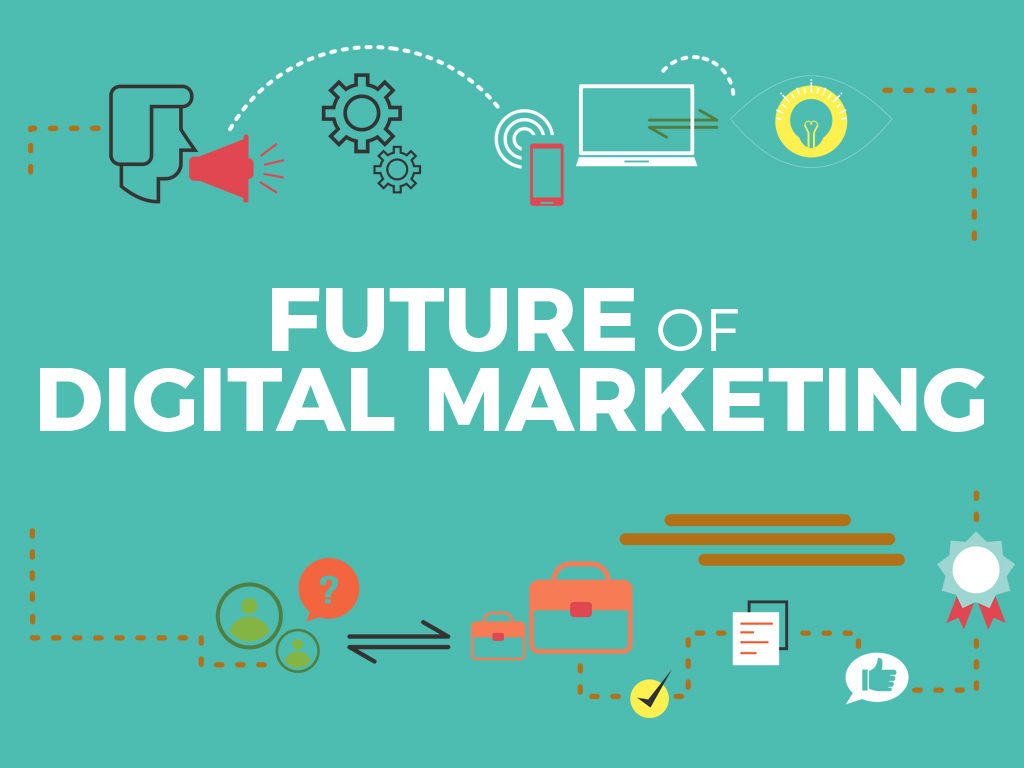

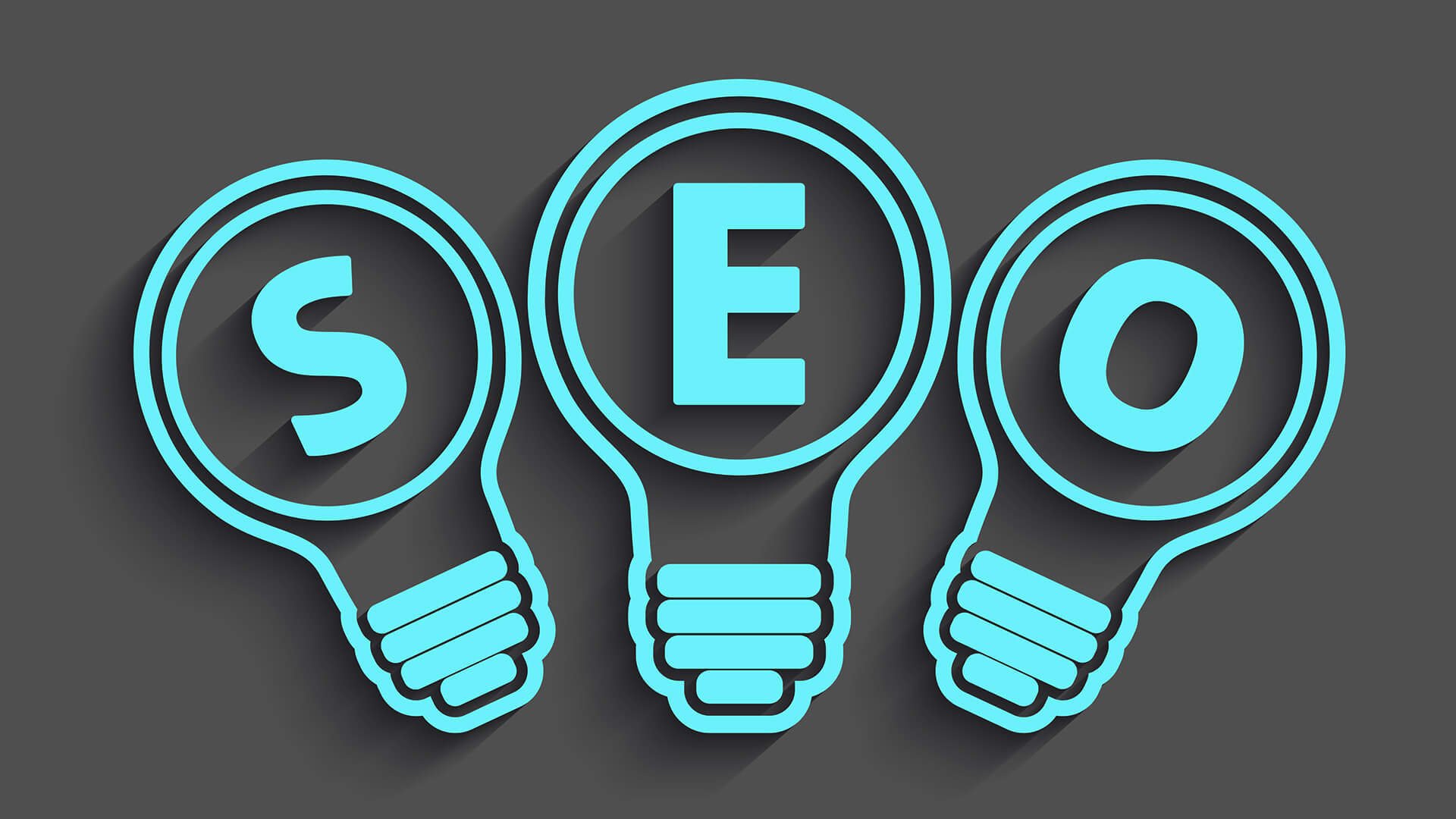
 The first page of Google receives 95 percent of web traffic, with subsequent pages receiving 5 percent or less of total traffic.
The first page of Google receives 95 percent of web traffic, with subsequent pages receiving 5 percent or less of total traffic.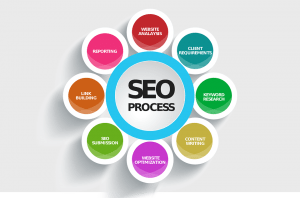 Understand the Google ranking algorithm
Understand the Google ranking algorithm Understand the importance of keyword
Understand the importance of keyword Content should be relevant
Content should be relevant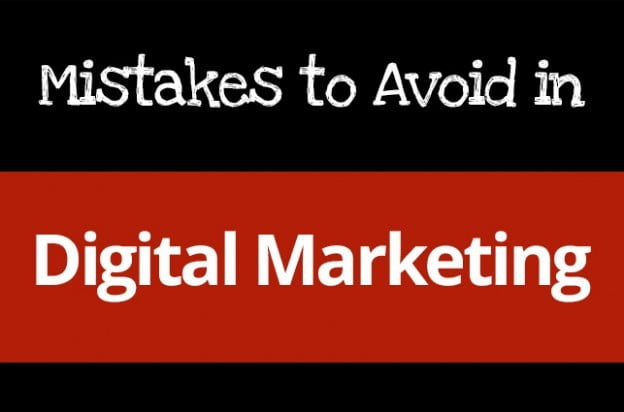
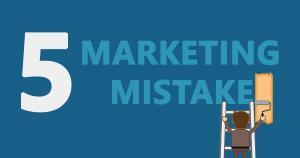 Creating a welcoming website is one of the first things that a business needs to look at when it comes to improving its online presence. One should see it as their own home or real-estate on the web. Just like any home, an effective website is clean, neat, organized and a place everyone wants to come and hang out for a while. Today I want to talk through some of the most common missteps we see brands making in their online marketing so you can evaluate your own brand, improve your strategy and get a better response. Here I am going to talk about what to do and what not to do for making a better presentation of your brand in the digital world. There are several common areas where we see brands struggle (regardless of their industry) and, worse yet, these are areas where they get taken advantage of — all while paying a significant marketing retainer each month.
Creating a welcoming website is one of the first things that a business needs to look at when it comes to improving its online presence. One should see it as their own home or real-estate on the web. Just like any home, an effective website is clean, neat, organized and a place everyone wants to come and hang out for a while. Today I want to talk through some of the most common missteps we see brands making in their online marketing so you can evaluate your own brand, improve your strategy and get a better response. Here I am going to talk about what to do and what not to do for making a better presentation of your brand in the digital world. There are several common areas where we see brands struggle (regardless of their industry) and, worse yet, these are areas where they get taken advantage of — all while paying a significant marketing retainer each month.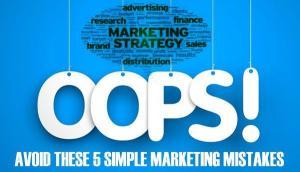 The website without proper SEO [Search Engine Optimization]
The website without proper SEO [Search Engine Optimization]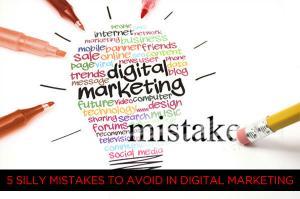 Lack of Google Analytics analysis
Lack of Google Analytics analysis Irrelevant Content
Irrelevant Content 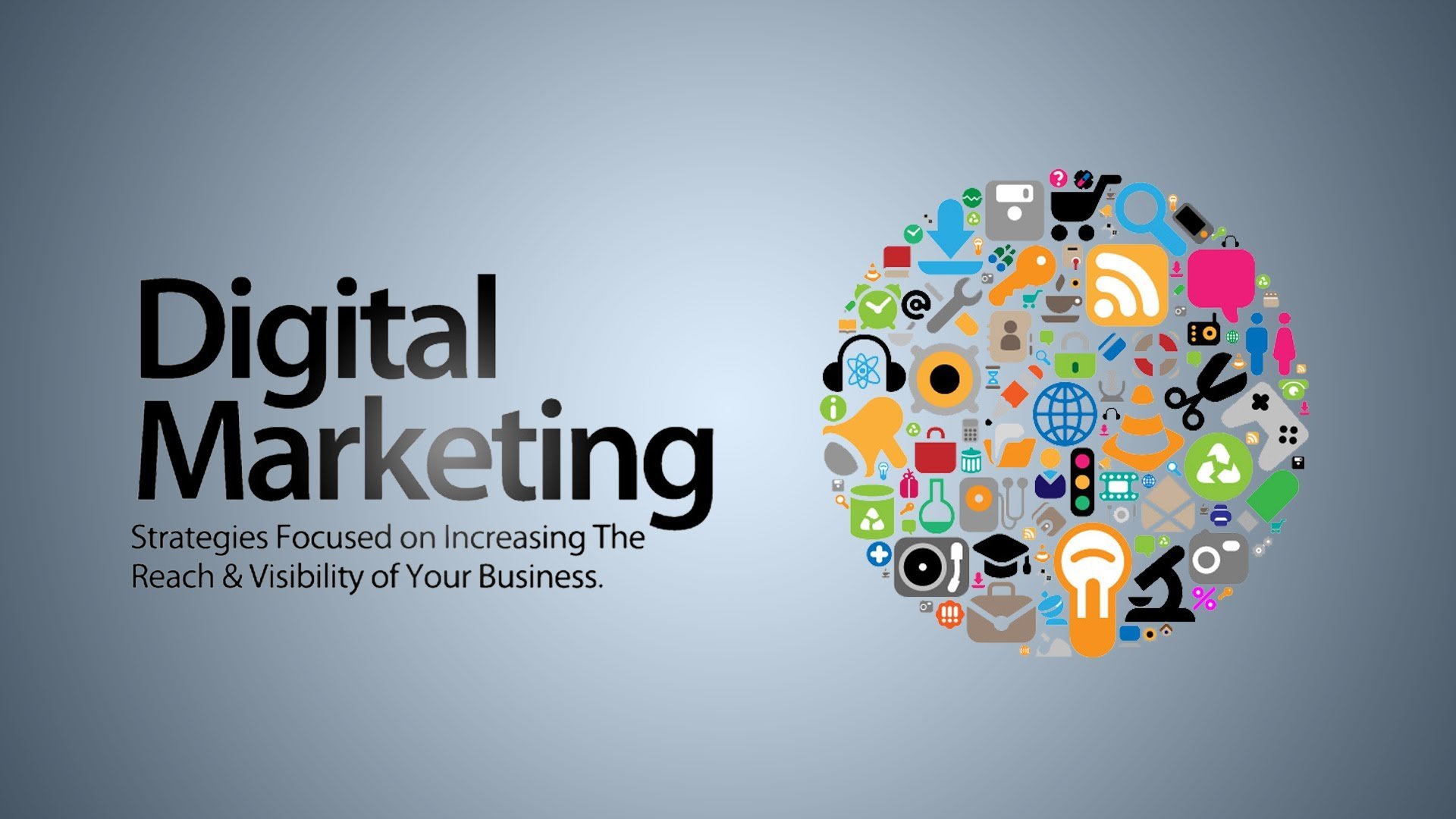
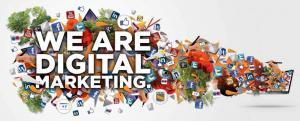 By the time smartphones and tabs are introduced digital marketing has touched new heights in this digital era. This era has almost everybody with a social media account and the ones without such an account are literally looked down upon for business purposes. Digital marketing is defined by the use of numerous digital tactics and channels to connect with customers where they spend much of their time: online. So, the query that arises is of studying the consumer behavior in digital marketing.  Digital marketing has created a revolution in the virtual world of marketing. Here the traditional method of marketing doesn’t apply. The client doesn’t feel neglected. Digital marketing focuses on connecting with the target audience. The client feels as he/she is a part of it. We all know that digital marketing is impacting the way we communicate with our consumers. From Facebook ads to Google/Bing Pay per Click to mobile marketing, digital media is taking a bigger and bigger chunk of the marketing budget each year. Let’s look at a few reasons why digital marketing is becoming such an integral part of the marketing pie.
By the time smartphones and tabs are introduced digital marketing has touched new heights in this digital era. This era has almost everybody with a social media account and the ones without such an account are literally looked down upon for business purposes. Digital marketing is defined by the use of numerous digital tactics and channels to connect with customers where they spend much of their time: online. So, the query that arises is of studying the consumer behavior in digital marketing.  Digital marketing has created a revolution in the virtual world of marketing. Here the traditional method of marketing doesn’t apply. The client doesn’t feel neglected. Digital marketing focuses on connecting with the target audience. The client feels as he/she is a part of it. We all know that digital marketing is impacting the way we communicate with our consumers. From Facebook ads to Google/Bing Pay per Click to mobile marketing, digital media is taking a bigger and bigger chunk of the marketing budget each year. Let’s look at a few reasons why digital marketing is becoming such an integral part of the marketing pie. Modern media is no longer confined to a television or radio show, newspaper or advertisement. Instead, today’s media — from text to video and sound — can be saved and shared electronically, using everything from desktop computers to small mobile devices. This electronic dissemination of media has had a powerful impact on the way people communicate for personal reasons, school, and even business.
Modern media is no longer confined to a television or radio show, newspaper or advertisement. Instead, today’s media — from text to video and sound — can be saved and shared electronically, using everything from desktop computers to small mobile devices. This electronic dissemination of media has had a powerful impact on the way people communicate for personal reasons, school, and even business.
 Leading technological edge
Leading technological edge
 Before you create a single piece of content, make sure that you have a deep understanding of your ideal customer. In modern terms of SEO, there is a huge demand for high-value content or lead generation. No matter what your business model is, content is still king, thus content marketing must be a primary goal. Content is the foundation of your lead generation and leads nurturing efforts. Marketers have come to rely on content to engage prospects and customers in today’s buyer landscape, but to do so, your content must educate, inspire, and beg to be shared. It should help leads to overcome challenges and achieve their aspirations. If you are able to do that, leads will flock to you, and you’ll gain their trust. Know your audience and give them what they need. An effective content marketing strategy helps enforce a strong baseline for lead analysis since every piece of content can be measured. That best practices how-to guide generated 10% of your digital leads for the year? Great—write another one! Your long-form blog on do’s and don’ts was you’re most viewed of the year? Awesome—share it on social media and write a follow-up!
Before you create a single piece of content, make sure that you have a deep understanding of your ideal customer. In modern terms of SEO, there is a huge demand for high-value content or lead generation. No matter what your business model is, content is still king, thus content marketing must be a primary goal. Content is the foundation of your lead generation and leads nurturing efforts. Marketers have come to rely on content to engage prospects and customers in today’s buyer landscape, but to do so, your content must educate, inspire, and beg to be shared. It should help leads to overcome challenges and achieve their aspirations. If you are able to do that, leads will flock to you, and you’ll gain their trust. Know your audience and give them what they need. An effective content marketing strategy helps enforce a strong baseline for lead analysis since every piece of content can be measured. That best practices how-to guide generated 10% of your digital leads for the year? Great—write another one! Your long-form blog on do’s and don’ts was you’re most viewed of the year? Awesome—share it on social media and write a follow-up!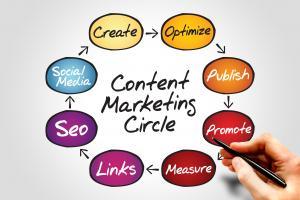 Traffic Generating Content
Traffic Generating Content After generating traffic you need to do analyses of the potential leads. It is the filtering process of the traffic. The Lead generating content is content that you package into lead magnets: valuable resources that you give away for free in exchange for someone’s email address.
After generating traffic you need to do analyses of the potential leads. It is the filtering process of the traffic. The Lead generating content is content that you package into lead magnets: valuable resources that you give away for free in exchange for someone’s email address.
 Paid Platform: As the name suggests you have to spend money on this platform. Â You will get traffic a lot quicker than organic platforms. Promotion is lot more-faster in this platform.
Paid Platform: As the name suggests you have to spend money on this platform. Â You will get traffic a lot quicker than organic platforms. Promotion is lot more-faster in this platform.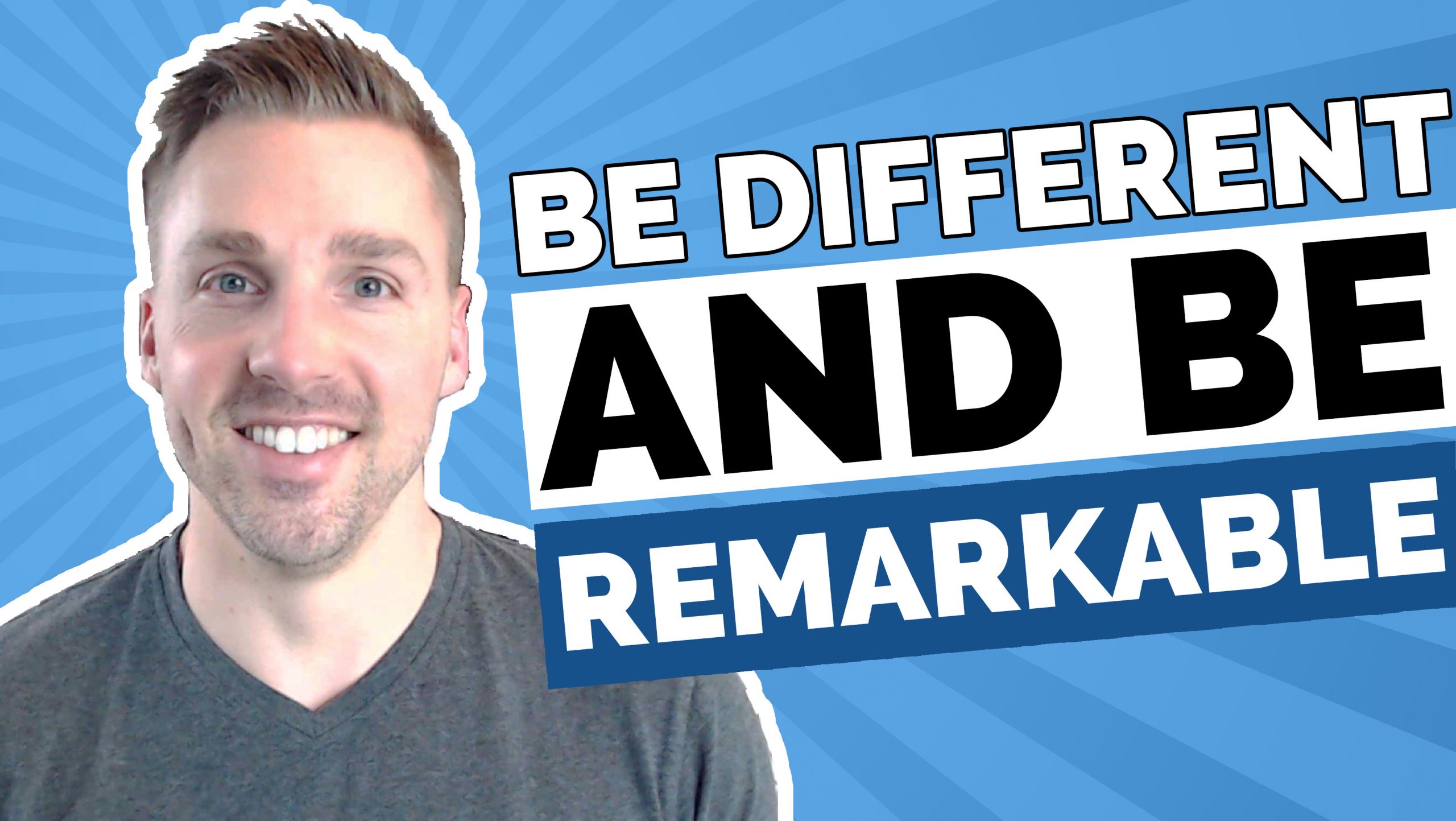
 Who doesn’t want to be remarkable? Every one desires attention and recognition. So how do we get it? First of all, we need to understand that being noticed and being remarkable are two different things. People often confuse between these two. If you run naked in streets you will definitely get noticed but you won’t be recognized. What I am saying that it is easy to pull off a stunt in public but it is not necessary that it will accomplish your goal. It is not useful. It is a lame strategy.
Who doesn’t want to be remarkable? Every one desires attention and recognition. So how do we get it? First of all, we need to understand that being noticed and being remarkable are two different things. People often confuse between these two. If you run naked in streets you will definitely get noticed but you won’t be recognized. What I am saying that it is easy to pull off a stunt in public but it is not necessary that it will accomplish your goal. It is not useful. It is a lame strategy.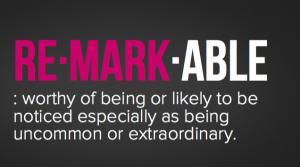 Be limitless. If you are limited to something then you are suppressing your caliber, your ability, your skill. Push your limits. Always remember that sky is my limit. Who has trouble finding a new gig? Not the remarkable minority, that’s for sure. You set your own standards of achievement. You know that you’ve done a good job (or not) and don’t need the verification or otherwise of those around you to tell you so. Yes, you will still enjoy receiving praise and recognition but it’s not going to dampen your motivation if you don’t get it. And a trait of your internal referencing is that you may set yourself exacting standards and put pressure on yourself to achieve perfection in your eyes. The trick is not to mess it up. Ultimately, I think it’s just going to get you that exposure, get you in that door, and get you that recognition that will hopefully get you opportunities. This is a very high form of recognition, but one slip and you’re off the radar once again.
Be limitless. If you are limited to something then you are suppressing your caliber, your ability, your skill. Push your limits. Always remember that sky is my limit. Who has trouble finding a new gig? Not the remarkable minority, that’s for sure. You set your own standards of achievement. You know that you’ve done a good job (or not) and don’t need the verification or otherwise of those around you to tell you so. Yes, you will still enjoy receiving praise and recognition but it’s not going to dampen your motivation if you don’t get it. And a trait of your internal referencing is that you may set yourself exacting standards and put pressure on yourself to achieve perfection in your eyes. The trick is not to mess it up. Ultimately, I think it’s just going to get you that exposure, get you in that door, and get you that recognition that will hopefully get you opportunities. This is a very high form of recognition, but one slip and you’re off the radar once again. We all work really hard, and we do it because we’re passionate. We don’t do it because we’re being rated. However, we’d all be remiss if we didn’t think that some kind of recognition for efforts and accomplishments didn’t make you feel good. If your niche is in a manual, and if it is the accepted wisdom, then it’s boring. It can be found in any book and it is not innovative. Try to be the trend. You may be remarkable today but if you do not re-invent or re-invest, you won’t last long. So don’t settle down on your laurels, you must work hard and keep going.  The only way to grow is to abandon your strategy of doing what you did yesterday, but better. Commit. Be the change you wish to see.
We all work really hard, and we do it because we’re passionate. We don’t do it because we’re being rated. However, we’d all be remiss if we didn’t think that some kind of recognition for efforts and accomplishments didn’t make you feel good. If your niche is in a manual, and if it is the accepted wisdom, then it’s boring. It can be found in any book and it is not innovative. Try to be the trend. You may be remarkable today but if you do not re-invent or re-invest, you won’t last long. So don’t settle down on your laurels, you must work hard and keep going.  The only way to grow is to abandon your strategy of doing what you did yesterday, but better. Commit. Be the change you wish to see.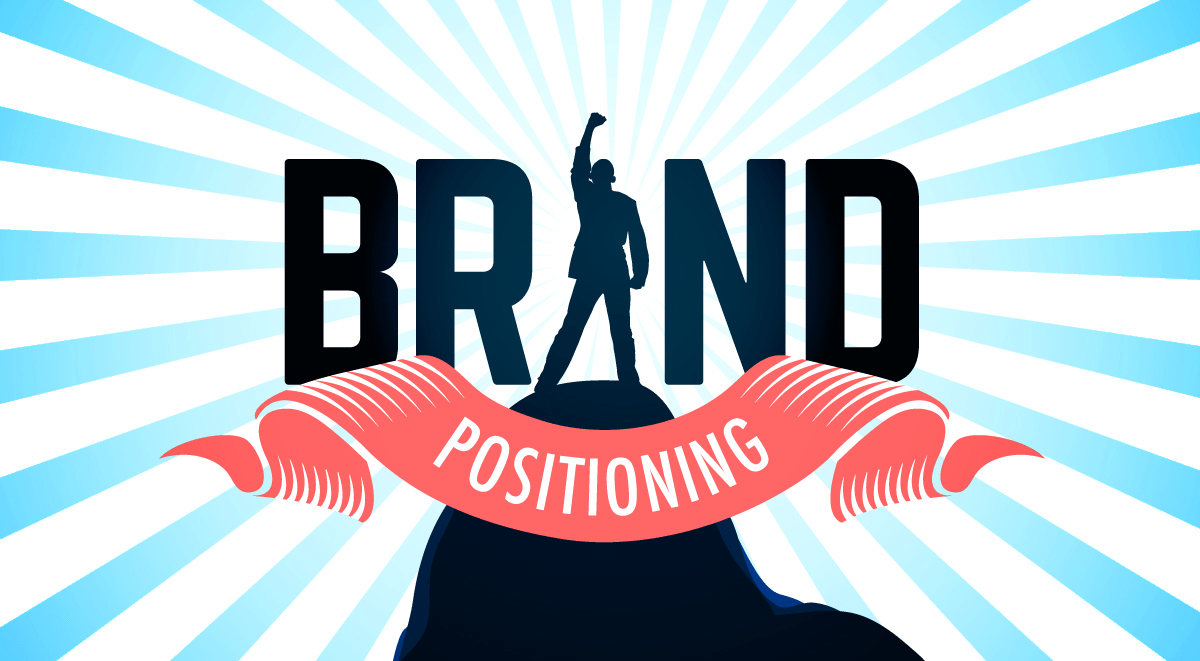

 Let’s explore some Key elements to create a Brand:
Let’s explore some Key elements to create a Brand: The brand elements are the senses of a brand. It helps to define a brand. It consists of the core values that a brand stands for. One great way to improve your customer retention is to reward customers for every purchase. Everyone likes to get something extra without paying more money. Once you start building an audience online, encourage your followers to share brand content on your website and social media. User-generated content, which can be anything from product reviews to unboxing videos, builds your brand’s authenticity and provides social proof. When potential customers see real people using and enjoying your product, their confidence in your brand will increase. This strategy can make your brand popular. Give them referral codes. This will even create more visits to
The brand elements are the senses of a brand. It helps to define a brand. It consists of the core values that a brand stands for. One great way to improve your customer retention is to reward customers for every purchase. Everyone likes to get something extra without paying more money. Once you start building an audience online, encourage your followers to share brand content on your website and social media. User-generated content, which can be anything from product reviews to unboxing videos, builds your brand’s authenticity and provides social proof. When potential customers see real people using and enjoying your product, their confidence in your brand will increase. This strategy can make your brand popular. Give them referral codes. This will even create more visits to
 Your brand strategy defines what you stand for, a promise you make, and the personality you convey. And while it includes your logo, color palette, and slogan, those are only creative elements that convey your brand. Branding allows a business to differentiate its products and services from those of its competitors. It tells them what they can expect from your products and services, and it differentiates your offering from that of your competitors. Your brand is derived from who you are, who you want to be and who people perceive you to be. This is how your brand’s purpose is defined. It plays a vital role.
Your brand strategy defines what you stand for, a promise you make, and the personality you convey. And while it includes your logo, color palette, and slogan, those are only creative elements that convey your brand. Branding allows a business to differentiate its products and services from those of its competitors. It tells them what they can expect from your products and services, and it differentiates your offering from that of your competitors. Your brand is derived from who you are, who you want to be and who people perceive you to be. This is how your brand’s purpose is defined. It plays a vital role. A company’s brand strategy must be based on the goals of the company. Without the brand strategy, the company will eventually fail. Brand strategy is the blueprint that explains who, how, what, and when of how a company plans on communicating their product. The stronger the brand strategy is the higher brand equity that could result.
A company’s brand strategy must be based on the goals of the company. Without the brand strategy, the company will eventually fail. Brand strategy is the blueprint that explains who, how, what, and when of how a company plans on communicating their product. The stronger the brand strategy is the higher brand equity that could result.